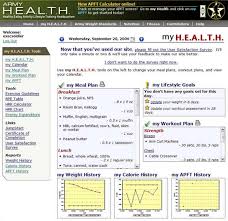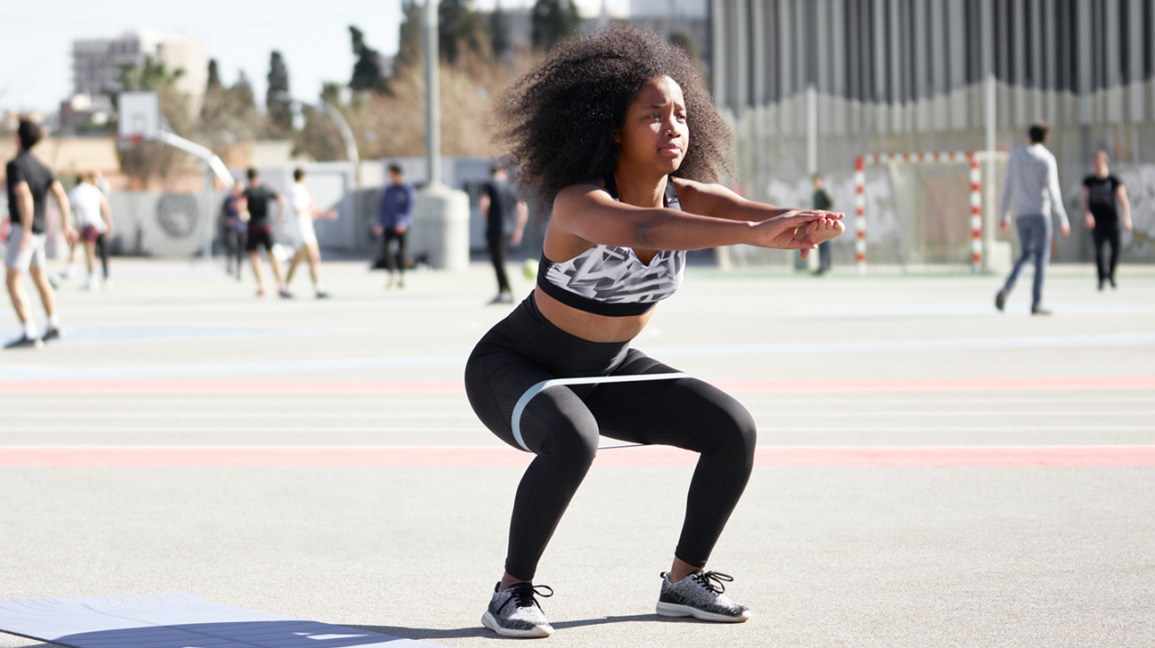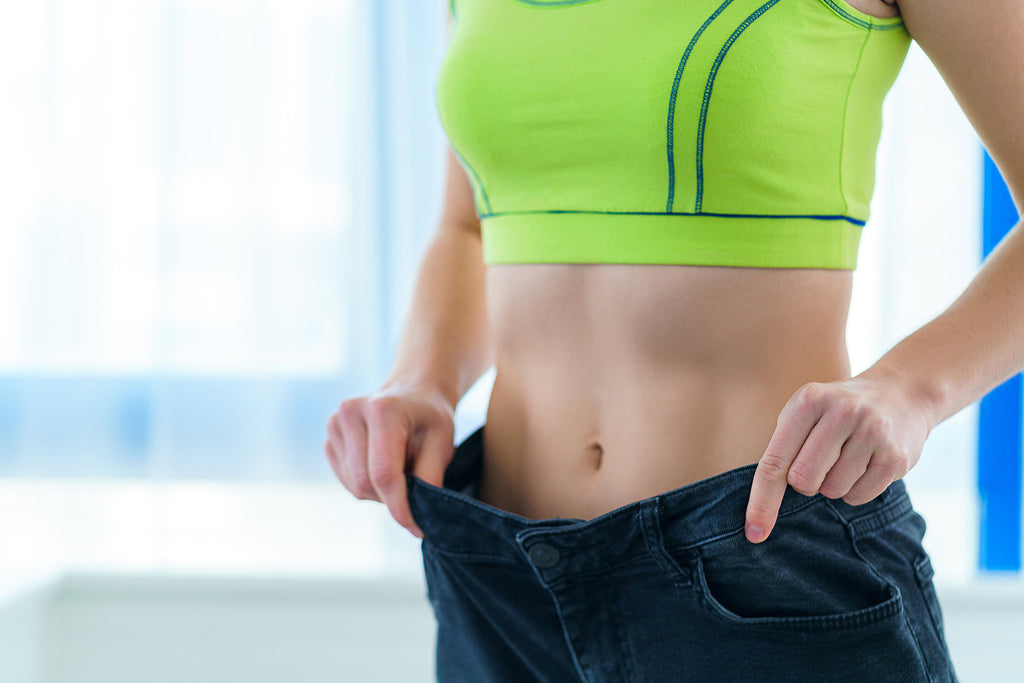
Exercising in heat can improve your anaerobic rate, reduce the risk of heat related illnesses, and increase your calorie intake. This article will explain how to exercise in heat and what to watch out for. It is important to avoid the most common problems associated with heat and humidity while exercising outside. These are some tips for exercising in the heat. Once you are comfortable exercising in the heat safely, you can learn more advanced techniques.
Exercise at high temperatures burns more calories
You have probably heard that exercise in hot temperatures burns more calories then in cool weather. Although this may be true in some cases, exercise in high temperatures is not recommended. In fact, it could increase your risk of serious injury. Your cardiovascular system must work extra hard to maintain your core temperature in high temperatures. If you have to burn more calories than usual, it means you are using more energy. The heat can make your body more efficient at burning fat.
You can sweat more in hot temperatures because your body's basal metabolism rate (BMR), increases. Your basal metabolic rate (the amount of energy your body burns per unit of time while you're not working out) is an indicator of how hot it is. Additionally, you'll increase your anaerobic (burning calories as fuel) and total metabolic rates. This could lead to a greater energy expenditure which can ultimately translate into greater weight loss.

Anaerobic metabolism is boosted
Anaerobic metabolism can also be increased through intense exercise. However, the anaerobic metabolism is not sufficient to sustain high intensity exercises for a long period of time. As a result, muscles produce heat during exercise, leading to exertional heat illness. You may notice changes in your mentation or clinical signs of heat stress. You can get exertional heat illnesses treated with supportive care or anti-inflammatory medications.
Dimri et al. conducted a study on six participants in three different environments. They measured their total metabolic rates and the contribution of aerobic and anaerobic pathways to it. To determine anaerobic metabolism, they measured postexercise oxygen intake above the baseline. The researchers found that heat increased anaerobic metabolism compared to cold and temperate temperatures.
Reduces risk of heat-related illnesses
Exercise in temperatures above 28 degrees Celsius increases the risk of heat-related illnesses. EHS can still occur even if you exercise in moderate or cool temperatures. Individual differences in heat-related illness susceptibility may be caused by physical conditioning or poor heat acclimatization. To help reduce your risk of developing a heat-related illness, follow these tips:

To begin with, you should avoid extreme heat. This is because extreme heat puts more stress on your body. The heat raises the body's core temperature. If you're in great shape, avoid exercising in extreme heat. Reduce your physical activity and make sure to take rest breaks. Keep hydrated and keep your skin shady. Avoid alcoholic beverages, which can lead to fluid loss. Also, be aware of the dangers of heat-related illnesses.
FAQ
What is the best 7-day workout program?
Three days per week should be spent on cardiovascular training, including running, biking, swimming, and two strength exercises using free weights, weight machine, as well as one flexibility/core exercise such as yoga, Pilates. Each activity should be performed at least once each week. Each session should last no more than 45 minutes.
Cardiovascular Exercises: Running, biking, swimming
Your goal is to exercise at least 60 minutes each week. Try to do 75 minutes per semaine for the best results. Cardio exercise can improve blood flow and stimulate muscle development.
Strength Training
While cardio exercises target the heart and lungs, strength training targets the muscles and bones. Strength training is a great way to build lean muscle mass that helps you burn calories even if you are not actively exercising.
Flexibility and core workouts
Flexibility and core workouts are great ways to strengthen your entire body. Both yoga and Pilates are excellent options.
What's a good routine for a daily workout?
Regular exercise is key for staying in shape. No matter what kind of exercise you do, as long you do it consistently. The key thing is consistency. It is important to stay consistent in order to get results.
Begin by walking for a few minutes each day. Increase the time you spend exercising each day until you can do 30 minutes. This could include running, cycling, swimming, weight training, yoga, or aerobics classes.
Try to make sure you exercise on all days of the week. If you have a reason to miss a session, don't skim it.
You should wear the appropriate clothing and footwear if you are exercising outdoors. Weather conditions can also affect your ability and safety to exercise.
While exercising, make sure to drink plenty water. Drinking alcohol during exercise can cause dehydration. Caffeinated beverages such as tea, coffee, and cola should be avoided. They may give you energy, but they will also dehydrate you.
When you first start exercising, you might feel tired after completing your workouts. You'll feel more energetic and refreshed if you keep going with your exercise program.
How many calories should I eat daily?
This can vary from person to person. On average, you need 2000 to 2500 calories per days. You need to determine how many calories you need based on age, gender, height, weight, activity level, and lifestyle.
How quickly can I transform my body?
Change your mindset is the first step. You have to be willing to change.
Once you have decided you want to make changes, you will need to commit to your fitness goals at least for 3 months.
Then, find a program to fit your life.
You also need to set realistic expectations. If you are not ready to dedicate the time and effort to reach your goal, do not spend money on a gym.
Instead, take advantage of your free time to exercise outside.
Spend an hour walking around the block every day and you will burn enough calories to lose 1 lb each week.
Once you have a plan, you can start to organize your life according to this plan.
This includes making sure that you schedule a time to work out every morning before leaving for work and take breaks throughout the day to move.
It is important to reward yourself when you reach milestones. You might be able to buy clothes and accessories that reflect your accomplishments.
Statistics
- Cardmembers earn 5% Back at Amazon.com with a Prime Credit Card. (amazon.com)
- Are You One of the 20% of Guys (mh.co.za)
- 10 pounds in a month is likely during a lean bulking phase, especially for beginners. (muscleandstrength.com)
- According to the American Academy of Dermatology (AAD), men over 50 are at a heightened risk of developing it. (healthline.com)
- Get free shipping and 25% off today. (healthline.com)
External Links
How To
What nutrients does a person need every day?
Healthy growth and development of men requires healthy nutrition. The body requires vitamins and minerals, protein, carbohydrates, fats (fats), water, fiber, as well other essential elements.
The male body also requires specific nutrients at different times throughout the day. To give you an example, the body uses energy it receives from food to make hormones and antibodies. Protein is needed to build muscles and repair tissue damaged when you wake up.
Your body stores extra energy as glycogen and breaks down fat at night. Your body still requires sufficient nutrients and calories even though it needs less calories. You might have an occasional snack during the night if your stomach is feeling hungry.
Working out requires adequate carbohydrate and protein intake. You may feel sore muscles if you exercise hard.
To prevent this from happening, you need to consume carbs or protein within two hours. To get energy from glucose, your body will start to degrade stored glycogen.
You must also eat protein right after you finish your workouts. This will prevent muscle tissue from being damaged while you sleep.
Lactic acid is produced by the body during periods of intense exercise. The body produces lactic acid when there is too much activity. This can cause fatigue. Avoid this by eating foods rich in carbohydrates such as fruits or vegetables.
Carbohydrates are a good source of energy to help you recover from hard exercise.
In addition, you may want to include lean meats, fish, eggs, milk, cheese, yogurt, beans, nuts, and seeds into your diet.
All of these foods have high-quality protein. Protein is important for muscle growth and repair. Protein is also necessary for the production of sex hormones such as testosterone.
You also need enough dietary fats to maintain good skin, hair, nails, and joints. Healthy men need between 20% and 35% of their total caloric intake from fat.
Fat can help keep your heart healthy and protect you from cancer. It is essential for proper brain function.
Vegetable oils, such as olive oil, sunflower oil or corn oil, soybean oil and peanut oil, can supply most of the fats you require.
These oils are high in monounsaturated fatty acids (MUFAs). MUFAs reduce cholesterol and inflammation. They also protect your cells from damage caused by free radicals.
Saturated fats (SFAs), are found mainly in animal products such as meat, milk products, and butter. SFAs increase LDL ("bad") cholesterol, and increase triglycerides. They are also good for weight loss and belly fat.
Polyunsaturated oils (PUFAs), are found in plant-based foods like nuts, seeds and vegetable oils. PUFAs can improve cardiovascular function and reduce inflammation. They help to control blood sugars and cholesterol.
Erectile dysfunction can often be a problem for men who have low HDL ("good") levels of cholesterol. Saturated fats are a major source of bad cholesterol. This lowers good cholesterol.
Men who eat lots of red meat or pork can develop prostate problems. This is because these foods contain high amounts of nitrates. If cooked at high temperatures, the nitrates become nitrosamines. These compounds can cause cancer.
Many processed meats are high in nitrites, and other dangerous chemicals. These chemicals should be avoided.
According to the American Heart Association, you should limit your consumption of red meat to no more that 2 meals per week. Choose poultry, fish and legumes instead.